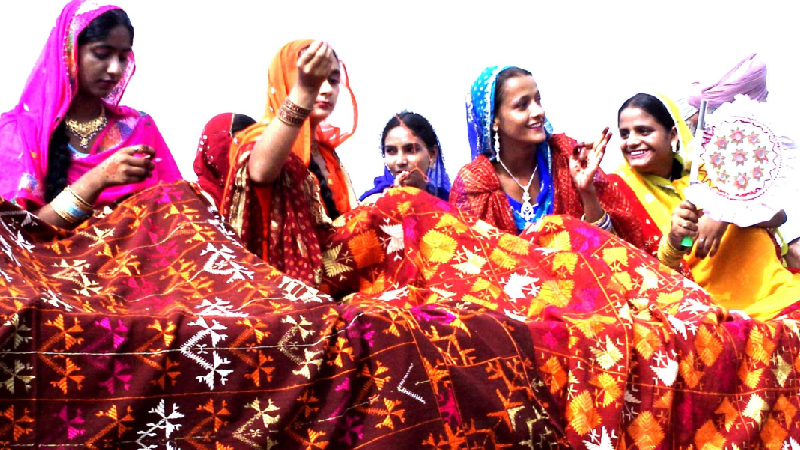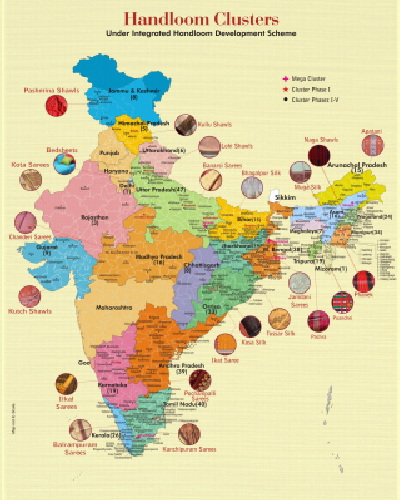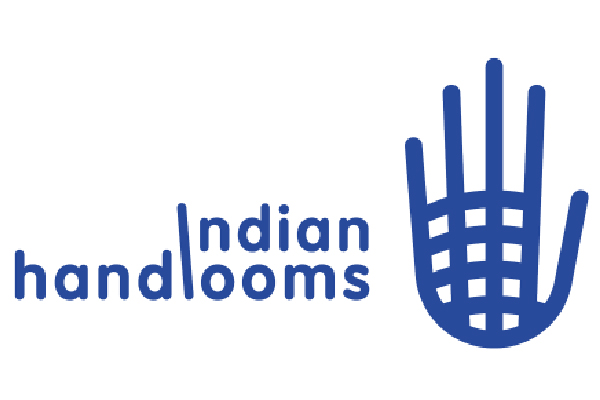The Revival Of the Indian Handloom Industry

Craftsmanship in India has been a much-revered form of art since ancient times. Textiles, fabrics, and designs have all been present in the country since ancient civilizations. We have a deep-rooted history of diverse and varied clothing customs and patterns, endemic to various parts of the country based on weather, availability of natural resources, cultural significance, geographic location etc. In fact, excavations from far and wide, different regions of the world, have shown traces of fabrics that were produced and traded from the Harappan and Indus Valley civilisations sites found in modern day India. This shows how much of a market there was and a demand for such craftsmanship of ethnic clothing, that it was exported to all areas of the planet.
The Indian hand woven fabrics and materials are a source of pride to the specific area. They speak of a story and narrate the times long gone. Along with written and verbal traditions, handlooms and crafts work on the fabrics, speak of the stories that India has witnessed. Given the fact that Indian textiles are diverse and at the same time endemic to particular regions, Geographic Indications (GI) have been fitting to assigned to a whopping 100 plus handicrafts including fabrics, materials, crafts work and processes.

It is heartening to see that efforts have been undertaken by the government to revive the handloom industry in the form of support through awareness drives, exhibitions, funding, and subsidies. In order to celebrate the richness of the Indian ethnic wear and the techniques of the craftsmanship, National Handloom Day has been celebrated for the past two years on August 7th to commemorate the anniversary of the boycott of British goods and promote local and indigenous goods. As with other things, this movement has caught on in the virtual sphere as well. The #IWearHandloom had been trending, drawing attention to the efforts of Indian weavers.

Various non-violent ways have also been adopted today in order to keep the production process ethical. Ahimsa silk is one method of silk thread production whereby the silk worms need not be killed to obtain silk. Many such measures have been incorporated keeping in mind sustainable practices as well. For the most part of India’s development, the textile industry has been largely unorganized. With growing support for the ‘Make in India campaign’, more and more people are turning towards Indian products. Apparel is an area that is a booming market and is also one where the Indian industry has a lot to offer.
The next time you make a purchase, make sure you show your support by staying true to your roots. Find your nearest Geographic Indication tag and place an order!





